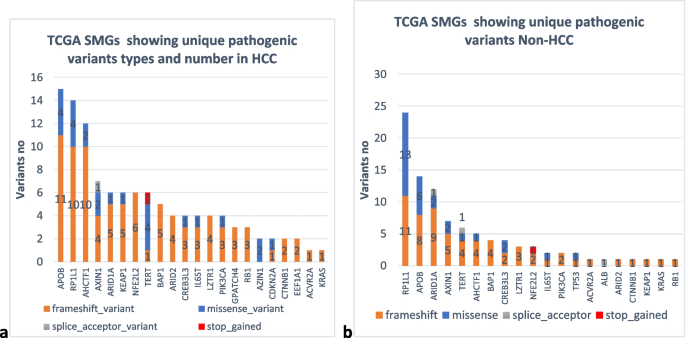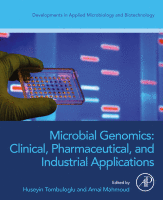

Molecular identification of extended spectrum β-lactamases (ESBLs)-producing strains in clinical specimens from Tiruchirappalli, India
Worldwide, the phenomenal antimicrobial resistance with its consequences of fatal diseases has been alerted; it is because the morbidity and mortality at a shocking rate. Therefore, there is an urgent quest of innovative antimicrobials agents; it is that communicable disease is a worldwide trouble as of the growth and wideness of drug-resistant pathogens. As for the aim of the research, it is widely investigative to the prevalence of Gram-negative pathogens of E. coli and K. pneumoniae in different age groups, gender along with the identification of ESBL-producing pathogens and antimicrobial susceptibility profiles. The present research was conceded out in Microbiology Department of Doctor’s Diagnostic Centre-Tiruchirappalli for a period of 6 months. The pus, tracheal secretion, urine, blood, sputum, stool, semen, oral secretion, vaginal swab, tissue material, wound swab, throat swab, oral candida swab, suction tip and CVC line from femoral samples were collected for the Extended Spectrum β-lactamases (ESBLs) isolation. During the study period, 856 β-lactamases producing bacteria were isolated. Among that, 25 patients were infected with Amp-c type, 81 patients were infected with CTX-M type, 724 patients were infected with unclassified ESBL, 2 patients were infected with MBL, 24 patients were infected with MRSA. Selected strains were molecularly characterized. A required accession numbers were received after the gene sequence submission to the GenBank. The isolated ESBL strains were observed in the male more than the female patients. The research results give insights for a maximized number of ESBL strains isolated from the clinical samples like urine and pus. Clinically, ESBL pathogens are associated with high morbidity and mortality. These pathogens are resistant to many key drugs due to the indiscriminate use of carbapenames, which may lead to significant therapeutic problems in the future. © 2021, King Abdulaziz City for Science and Technology.



